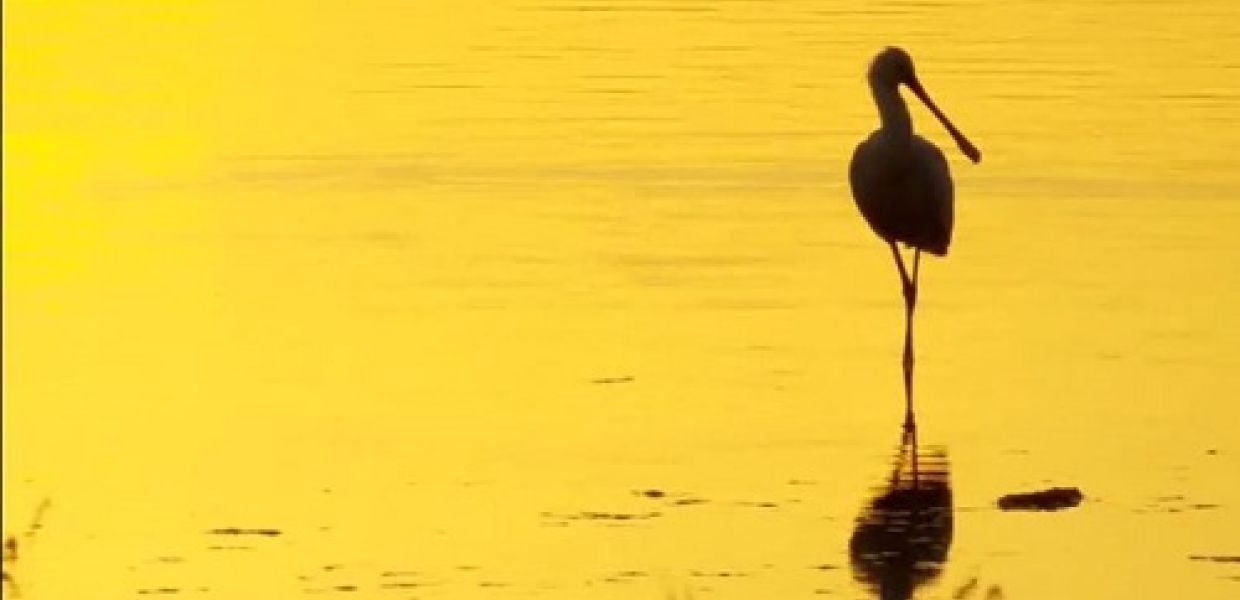Sharing multimedia on Wikipedia now easier with new tool

Galleries, libraries, museums and archives (GLAMs) can now make their digital content visible in Wikipedia articles more easily than ever before with the new GLAMwiki Toolset built by Europeana.
Several years in development, this tool gives cultural organisations the ability to mass-upload their own images, videos and sound recordings to Wikimedia Commons in the same way that they have done with other platforms like Flickr for years. For the first time GLAMs can mass-upload content without needing bespoke software, without external assistance required, with their own metadata, and at their own pace.

Piazza di Monte Citorio, Rome, Italy, Library of Congress, available on Wikimedia Commons. Public Domain
Once multimedia is uploaded to Wikimedia Commons, it becomes available to all 287 language editions of Wikipedia. Images, videos and sound recordings are displayed in the immediate context of encyclopedic knowledge, adding to the understanding of that content in a non-commercial and neutral space. And, being the 5th most visited website in the world means that this material can be viewed in its new educational context by a far larger audience than ever before. With the tailored attribution that the new tool provides, Wikipedia readers wanting to learn more are only two clicks away from visiting the home institution’s website. Many GLAMs already report that Wikipedia-derived traffic is one of the most important providers of inbound traffic, sharing multimedia increases that flow dramatically. You can see the image view statistics for GLAM collections on Wikipedia for yourself!
The launch of this tool is just the beginning. In the coming months, Europeana will help to introduce its GLAM partners to their local Wikimedia community so that the newly uploaded content can begin being used to illustrate Wikipedia articles in as many languages as possible. Recently, the Nederlands Instituut voor Beeld en Geluid (Dutch Institute for Sound and Vision) became the first cultural organisation to directly take advantage of this new tool, uploading 500 videos from birds in the Netherlands, generously donated by Stichting Natuurbeelden (the Foundation for Nature Footage).

Lepelaar in goud licht bij zonsondergang, Natuur Digitaal (Marc Plomp); Stichting Natuurbeelden, CC BY-SA
Within just one week, the Wikimedia community has responded to the challenge - translated titles, added appropriate categories and placed almost half of the videos in Wikipedia articles. One dedicated Wikipedian, Taketa, has already ensured that this video of a Eurasian Spoonbill is used to illustrate over 50 languages!
Material from several other cultural organisations from around the world have also already found their way onto Wikimedia Commons, and thereby to Wikipedia articles, thanks to the tireless efforts of the Wikimedia Community. For example Fae, a volunteer Wikimedian in London, has already uploaded 12,000 maps from the New York Public Library, 10,000 Photocrom prints from the Library of Congress, 2,000 images of Japanese art from the Rijksmuseum and 130,000 photographs from the Historical American Buildings Survey (a collection planned to reach 250,000 over the the next few weeks) with this tool - all beautifully digitised by the respective GLAMs and now available to be used in Wikipedia. Many other large collections are in various stages of upload with more arriving all the time.
The GLAMwiki Toolset has been developed and funded in partnership with four national Wikimedia chapters (UK, the Netherlands, France and Switzerland) and Europeana. Europeana works to make European culture accessible to all, and encourages the re-use of public domain digital content by researchers, educators, the creative industries and the wider public. The tool fulfills this objective by helping GLAMs to share their appropriately licensed content with Wikipedia users and disseminate valuable digital items of cultural heritage.
If you have a collection of digitised and freely-licensed multimedia and are interested in making it available to a global audience, please get in touch with us. Or, if you’d like to get started directly follow the instructions on the Beeld en Geluid blogpost, or on the documentation page.
